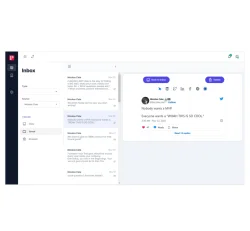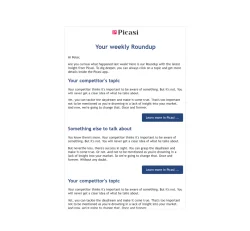Market insight is crucial for businesses. It's the basis for profound decisions and solid growth. But the daily flood of information makes it more difficult to keep an overview.
That's why we invent and improve methods to help businesses gain insight to succeed in their markets.
Let us know if you're striving for more insight in less time. We'd love to help you.




